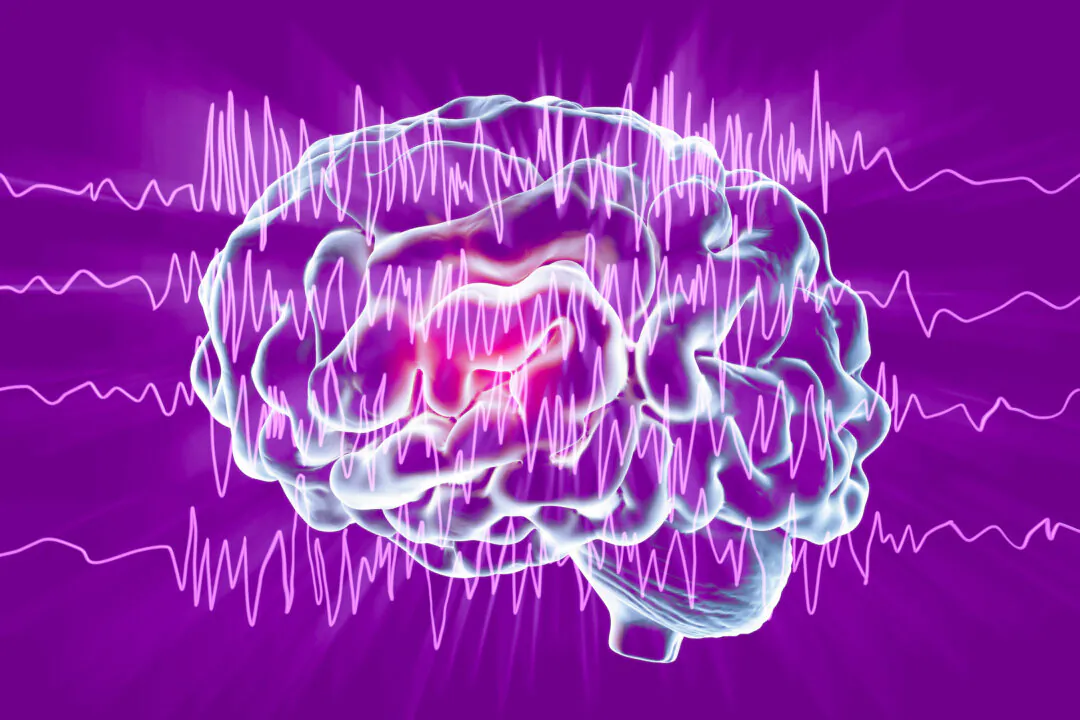As cancer rates continue to climb, chemotherapy’s role as a potent treatment is crucial. But the procedure brings an unfortunate side effect: the cognitive haze known as “chemo brain.”
However, an innovative and simple approach involving just flickering lights and pulsing sounds may offer a beacon of hope for the millions struggling with mental fog.
Gamma Wave Therapy May Combat Chemotherapy’s Cognitive Toll
“Chemo brain” is characterized by confusion, forgetfulness, inability to focus, and reduced mental clarity, collectively known as brain fog. Although temporary, these symptoms significantly diminish a patient’s quality of life during treatment.
Now, researchers from the Massachusetts Institute of Technology (MIT) have found that daily exposure to flashing lights and sounds at specific frequencies, previously shown to improve Alzheimer’s symptoms, could also mitigate chemotherapy’s adverse cognitive effects.
Gamma brain waves, ranging from 25 hertz to 80 hertz, are associated with higher-order cognitive functions such as attention and sensory processing, according to Li-Huei Tsai, who has a doctorate in biochemistry and molecular biology, is the director of MIT’s Picower Institute for Learning and Memory, and is the senior author of the study.
“They are also known to be necessary for rapid information processing in the brain,” she told The Epoch Times.
TaeHyun Kim, an MIT postdoctoral student and the study’s lead author, told The Epoch Times, “Our lab found 40-hertz sensory stimulation not only improves cognitive function but also ameliorates Alzheimer’s disease pathology such as DNA damage in neurons, synaptic loss and inflammatory response of glial cells in the brain.”
Previous research shows that lights flickering at a 40-hertz frequency, accompanied by sounds of the same pitch, could stimulate more gamma oscillations in the brain—which are crucial for perception, movement, memory, and emotion—and improve symptoms in a mouse model of Alzheimer’s disease.
Flashing Lights and Sound Waves Reverse Chemo Brain in Mice
To mimic a human dosing regimen, researchers exposed mice to the chemotherapy drug cisplatin in five-day cycles, with treatment followed by a five-day break. While undergoing chemotherapy, one group received daily exposure to light and sound at a 40-hertz frequency directed to neurons via brain implants. A control group received only chemotherapy.
After three weeks, the control mice exhibited typical chemotherapy-induced brain effects, including reduced brain volume, inflammation, DNA damage, and impairment of oligodendrocytes, the cells responsible for producing the protective myelin coating around neurons.
However, the mice exposed to daily gamma-frequency light and sound during chemotherapy showed reductions in all these symptoms. This treatment group also performed better on memory and executive function tests. Remarkably, the light and sound therapy suppressed genes linked to inflammation and cell death.
The study found gamma therapy more effective when administered concurrently with chemotherapy rather than afterward. Its benefits persisted to some degree for up to four months after exposure.
This mouse study used brain implants to deliver light and sound directly to neurons, but previous human trials for Alzheimer’s have demonstrated that a simple setup can achieve similar beneficial effects.
Light and Sound Treatment Could Help Other Neurological Disorders
The research team is exploring sensory gamma stimulation from many angles, according to Ms. Tsai.
“For instance, we want to know how gamma produces various beneficial effects in the brain,” she said.
A recent study shows that gamma frequency helps clear waste by encouraging blood vessel movement.
They are also trying to understand how gamma frequencies influence the survival and functionality of critical oligodendrocytes in the brain.
“We are also exploring other neurological disorders that can benefit from sensory gamma stimulation,” Ms. Tsai said.
Further research could reveal other beneficial frequencies beyond 40 hertz.
Since the MIT team did not test whether the effect on chemobrain was specific to 40 hertz, “there is a possibility that other frequencies may still work or even be more effective,” according to Ms. Kim.



